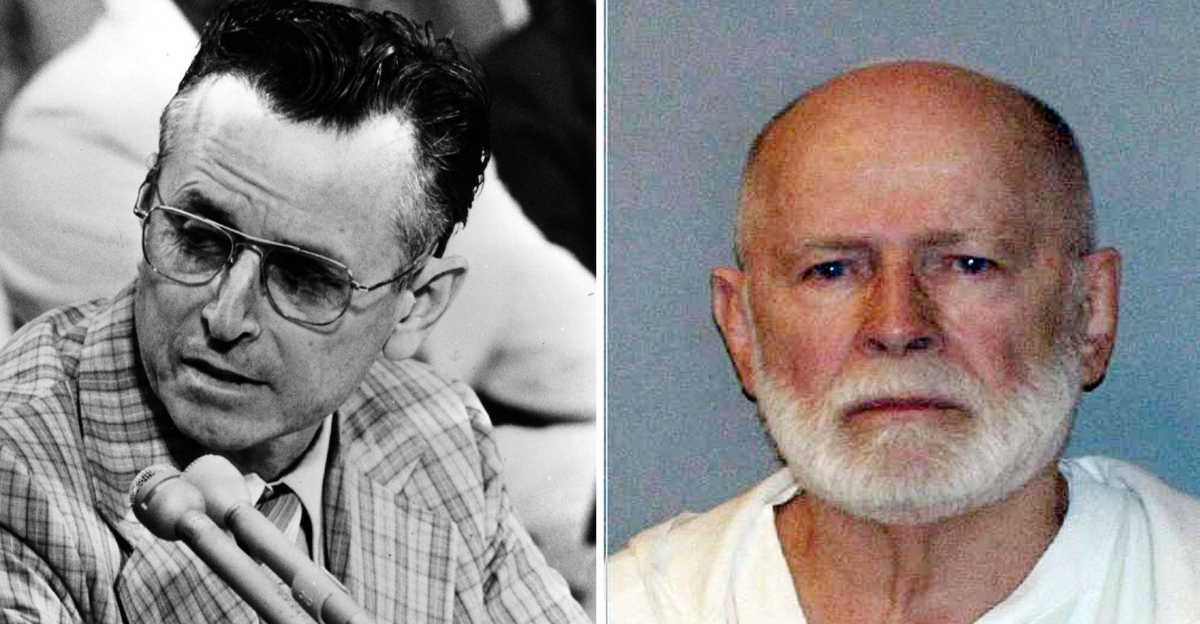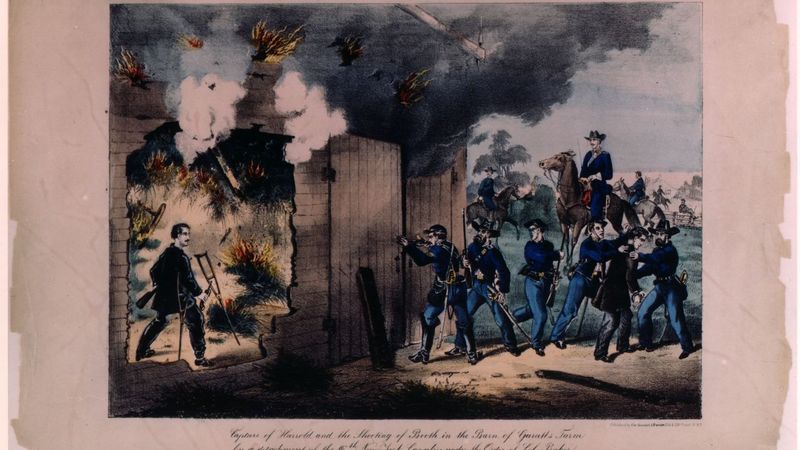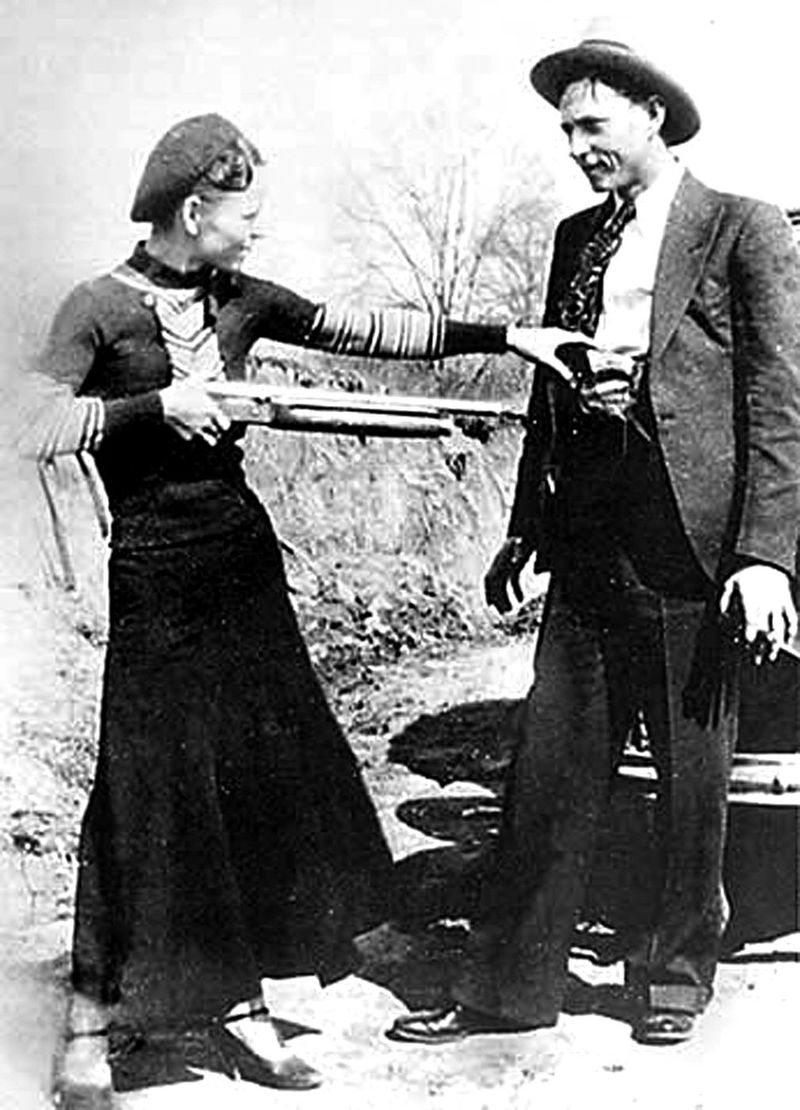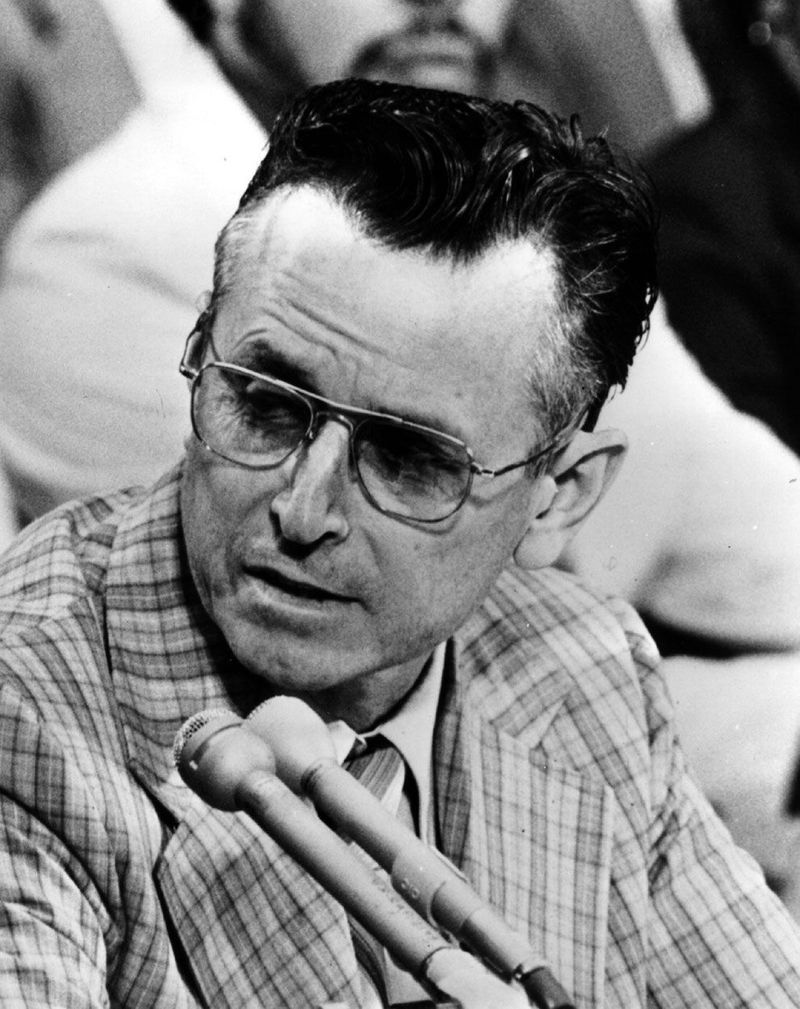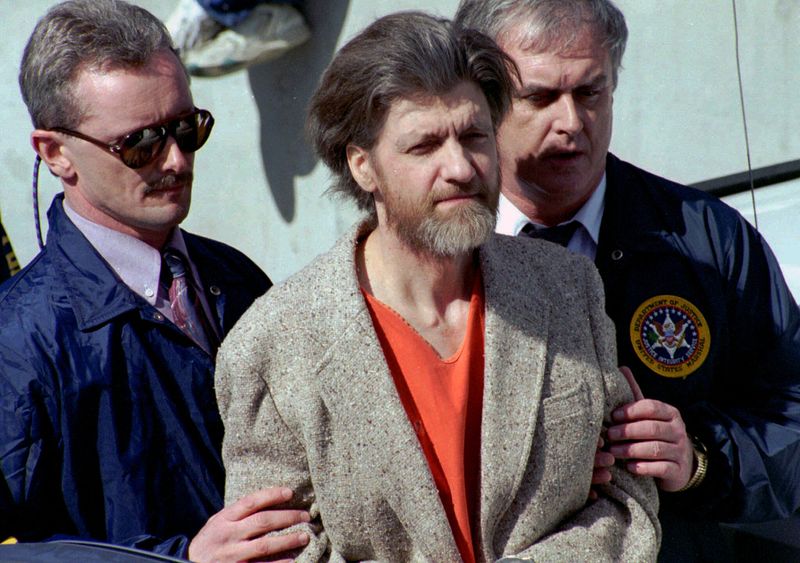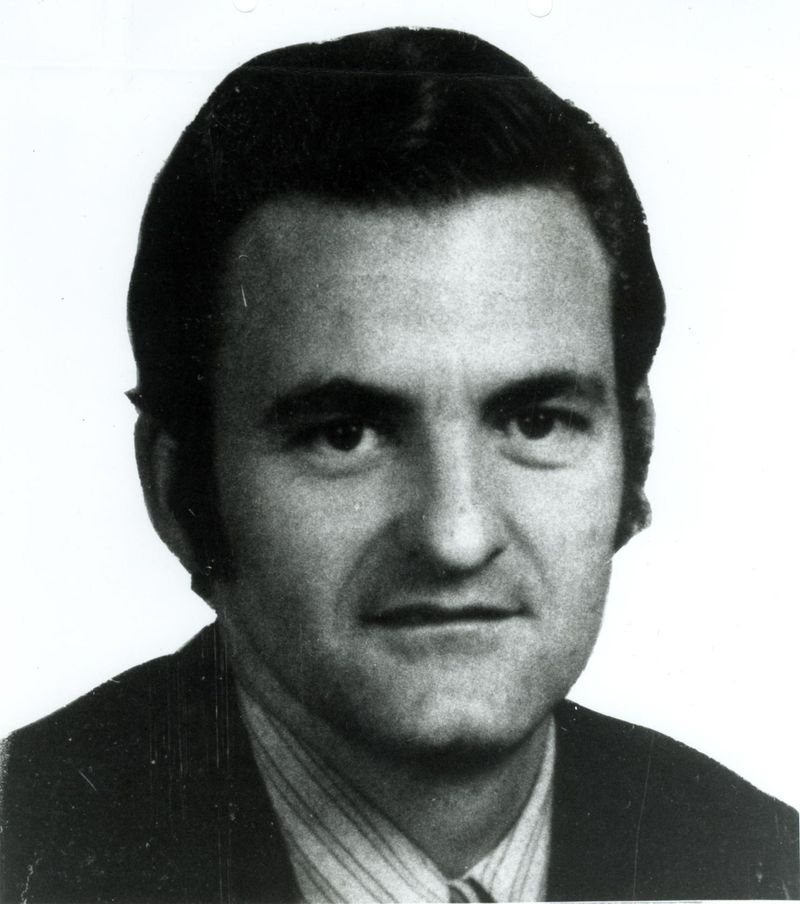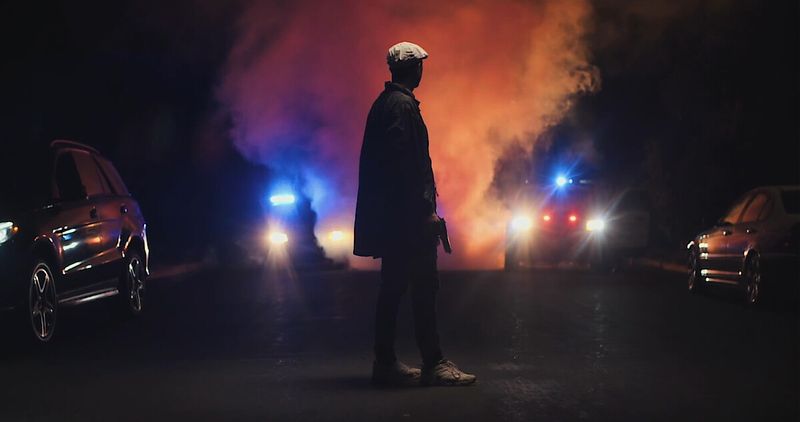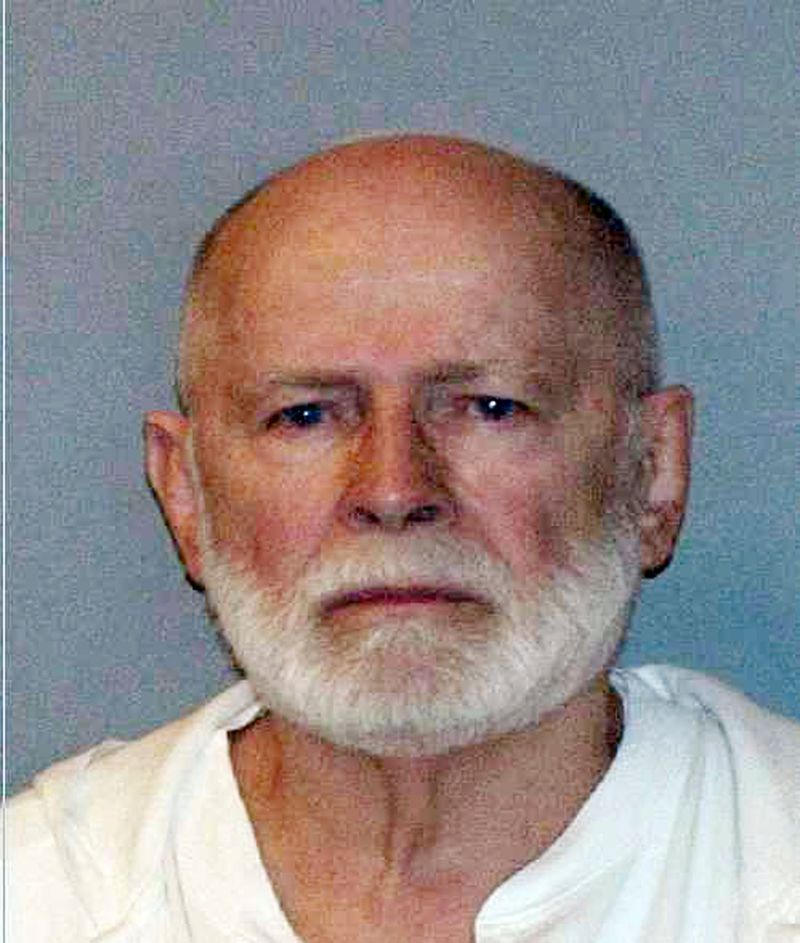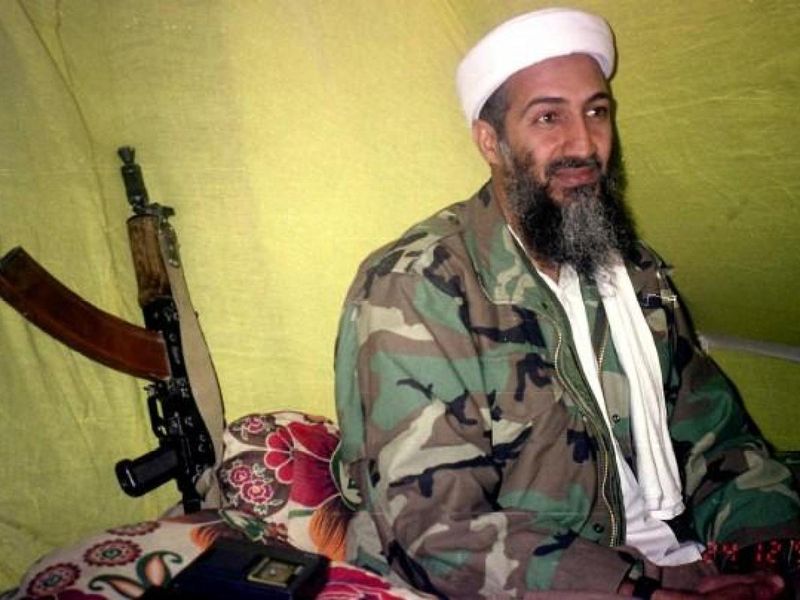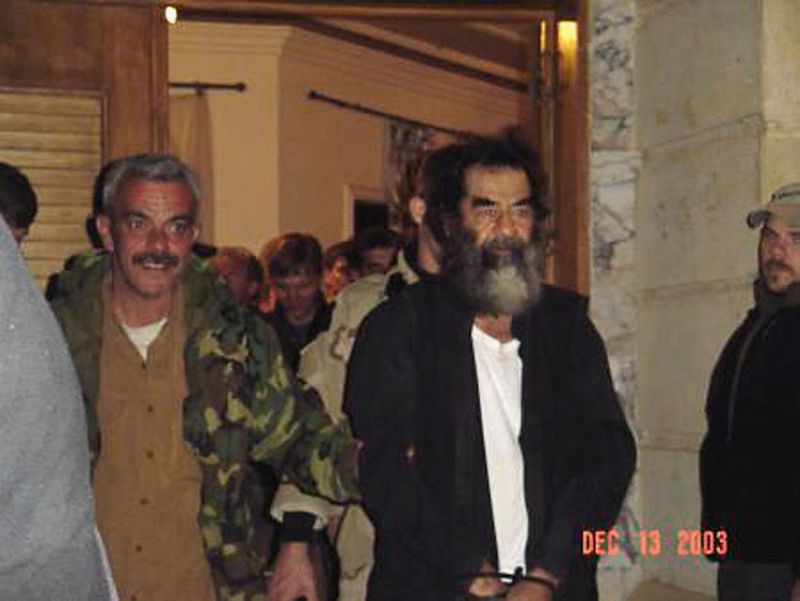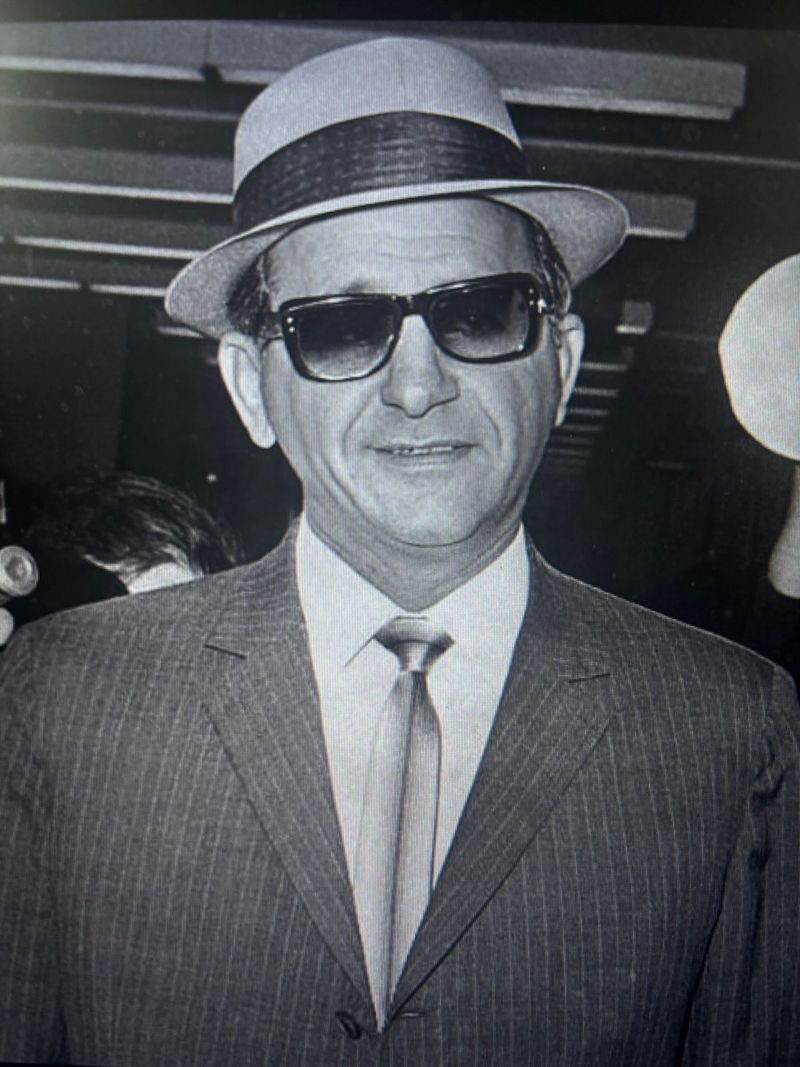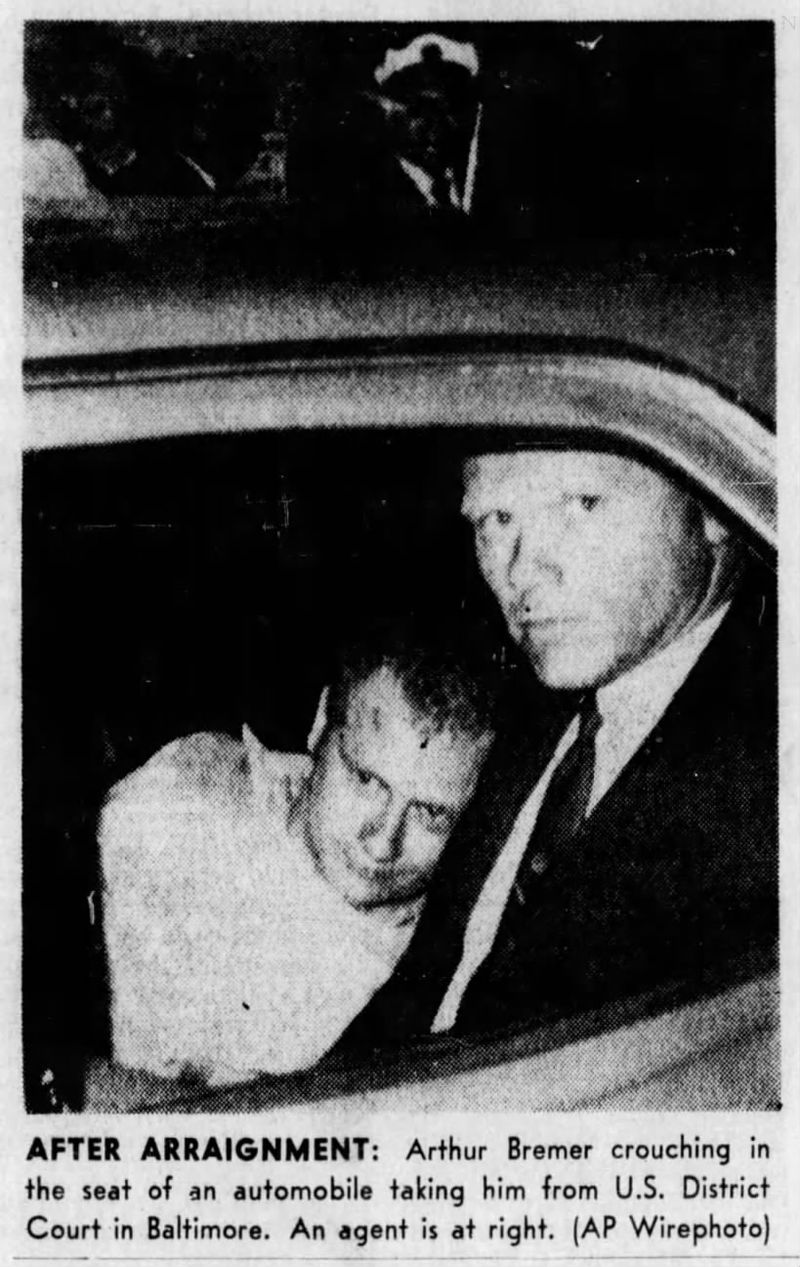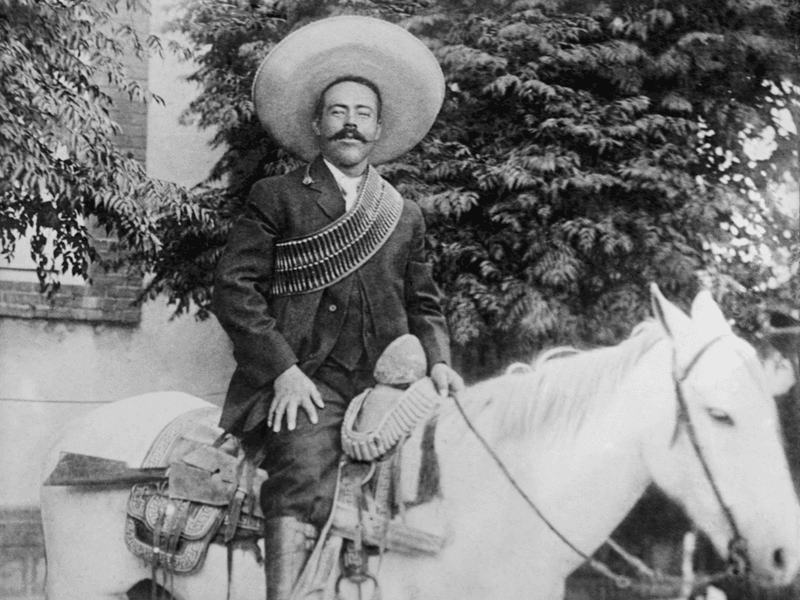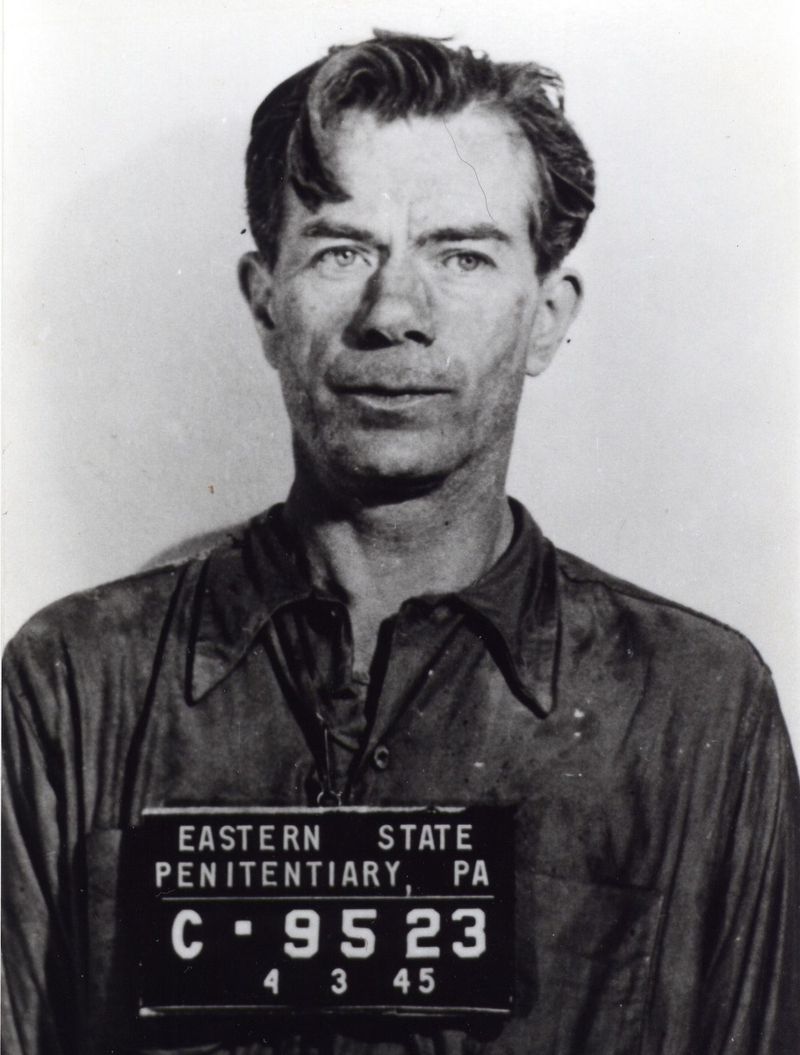From notorious outlaws to modern terrorists, the U.S. has mounted some of the most extensive and dramatic manhunts ever. These high-stakes pursuits captured public attention, pushed law enforcement methods to new limits, and sometimes shaped the future of criminal justice.
1. John Wilkes Booth (1865)
A dramatic chase unfolded when John Wilkes Booth, after assassinating President Lincoln, went on the run. The entire nation was in shock as Booth avoided capture for 12 tense days. Over 1,000 soldiers set out on his trail, navigating swamps and farms in pursuit.
In a final standoff in a Virginia barn, soldiers cornered Booth who refused to surrender. The barn was set ablaze, and Booth was shot inside. This manhunt not only showcased the determination of law enforcement but also marked a pivotal moment in U.S. history.
The relentless pursuit ended the life of one of history’s most infamous assassins.
2. Bonnie & Clyde (1932–1934)
The daring escapades of Bonnie and Clyde captured the nation’s imagination during the Great Depression. This notorious duo’s crime spree spanned five states, leading to one of the most extensive multi-state manhunts of the era.
Their charm and audacity made them folk heroes to some while law enforcement saw them as relentless criminals. The Texas Rangers and local law enforcement coordinated to set an ambush in 1934.
Their saga ended violently in a hail of bullets, a dramatic conclusion to a tale that still fascinates historians and enthusiasts of Americana.
3. James Earl Ray (1968)
In 1968, James Earl Ray’s assassination of Martin Luther King Jr. shocked the world. His escape from justice prompted an international manhunt involving 3,000 officers. The FBI’s relentless pursuit crossed borders and spanned continents.
Ray attempted to flee under false documents, believing he could evade capture. However, his journey ended in London, where law enforcement apprehended him two months later.
This high-profile chase underscored the global reach of justice and the determination to bring King’s assassin to trial, highlighting both the triumphs and challenges of international law enforcement cooperation.
4. Unabomber – Ted Kaczynski (1978–1996)
For 17 years, Ted Kaczynski eluded capture as the infamous Unabomber. His meticulously crafted bombs targeted universities and airlines, sparking fear across the nation. The manhunt became the federal government’s longest and most expensive.
Kaczynski’s downfall began with a manifesto published in major newspapers. His brother recognized the writing style, leading to his arrest. A 150-agent task force, employing innovative forensic linguistics, finally cornered him.
His capture marked a milestone in criminal profiling, showcasing the power of family ties in unravelling even the most cunning criminal minds.
5. Bradford Bishop (1976–present)
The chilling case of Bradford Bishop haunts investigators to this day. In 1976, after allegedly murdering his family, Bishop vanished without a trace. Decades later, he remains on the FBI’s Ten Most Wanted list, a symbol of unresolved justice.
Leads have surfaced over the years, but Bishop has managed to remain elusive, fueling speculation and intrigue. His story embodies the mysteries of true crime that captivate the public.
Despite modern advancements in tracking fugitives, Bishop’s vanishing act remains a testament to the challenges of apprehending the cunningly elusive.
6. Boston Marathon Bomber – Dzhokhar Tsarnaev (2013)
In April 2013, the Boston Marathon bombings thrust the city into chaos. The ensuing manhunt for Dzhokhar Tsarnaev was an intense week-long ordeal that gripped the nation. Boston went into lockdown as law enforcement scoured the city.
The pursuit ended with Tsarnaev found hiding in a boat, a scene that captured global attention. His capture marked the end of a terror that shook Boston to its core.
This manhunt highlighted the resilience of a city and the relentless drive of its authorities to restore safety and justice to its streets.
7. Whitey Bulger (1995–2011)
Whitey Bulger’s reign as a Boston crime lord was legendary. For 16 years, he evaded capture, topping the FBI’s Most Wanted list. His life on the run became a complex tale of deception and cunning.
Authorities finally tracked him down in Santa Monica in 2011, living a quiet life under an assumed identity. Bulger’s arrest marked the end of an era for Boston’s underworld.
His story remains a fascinating study of organized crime, law enforcement persistence, and the intricate web of alliances that protected him for so long.
8. Osama bin Laden (2001–2011)
Osama bin Laden, the mastermind behind the 9/11 attacks, became the most wanted man globally. A decade-long campaign by U.S. intelligence and military targeted his elusive presence, culminating in 2011.
SEAL Team Six executed a daring raid on his compound in Abbottabad, Pakistan, ending his reign of terror. The operation was a testament to strategic patience and advanced intelligence.
Bin Laden’s death marked a significant victory in the fight against terrorism, though the quest had profound geopolitical implications and reverberations worldwide.
9. Saddam Hussein (2003)
The capture of Saddam Hussein was a defining moment in the Iraq War. Designated as “High Value Target #1,” he was found hiding in a “spider hole” near Tikrit in December 2003.
The nine-month operation involved over 600 missions and highlighted both the complexity and intensity of military intelligence efforts. Hussein’s capture was a pivotal moment, symbolizing a shift in Iraq’s future.
The pursuit of Hussein remains a significant chapter in the narrative of global conflict and the quest for a more stable Middle East.
10. Chicago Outfit Boss – Sam Giancana (1957)
Sam Giancana, a notorious Chicago mob boss, was a central figure in organized crime during the 1950s. His connections with the CIA added an intricate layer of intrigue to his story.
Giancana’s fugitive status after falling out with authorities led to a national search that captivated the public. His eventual capture became a significant event in the battle against organized crime.
The Giancana manhunt highlights the complex interactions between criminal enterprises and government agencies, revealing a web of secrecy and betrayal.
11. Dirty Harry Fugitives (1975)
The pursuit of Arthur Bremer, who shot presidential hopeful George Wallace, was intense and transformative for law enforcement. His actions in 1972 led to a manhunt that set new standards in ballistic forensics and criminal profiling.
Bremer’s capture showcased the evolving techniques in criminal investigations, changing the way similar cases were approached thereafter.
This manhunt is a reminder of the ever-adapting strategies of law enforcement and the constant battle to stay ahead of those who seek to disrupt society.
12. Pancho Villa (1916)
Pancho Villa’s bold cross-border raid into Columbus, NM, in 1916, triggered a massive military expedition. General Pershing led 6,000 troops into Mexico, symbolizing one of the few armed incursions by the U.S. into a neighboring country.
Though Villa evaded capture, the expedition highlighted the challenges of international military operations and border politics.
This manhunt remains a fascinating chapter in U.S.-Mexican relations and military history, illustrating the complex dynamics of cross-border conflicts and diplomacy.
13. Slick Willie Sutton (1930s)
Willie Sutton, the notorious bank robber, was famous for his ingenious escape tactics and disguises. During the 1930s, Sutton’s escapades terrified bankers and thrilled the public.
His eventual capture in 1952 was the result of an extensive nationwide task force. Sutton’s story is a blend of desperation and cunning, reflecting the economic anxieties of Depression-era America.
Despite his crimes, Sutton’s charm and wit left a lasting impression, making him one of the more colorful figures in criminal folklore.
14. Ted Bundy (1977–1978)
Ted Bundy’s reign of terror across several states was marked by cunning and charisma. His violent spree led to one of the FBI’s first multi-state criminal investigations, changing the landscape of law enforcement tactics.
Bundy’s eventual capture and trial captivated the nation, as his charm conflicted sharply with his heinous crimes. His execution in 1989 brought closure to a case that had haunted many.
This manhunt underscores the complexities of human psychology and the challenges in profiling such a multi-faceted criminal.
15. David Berkowitz “Son of Sam” (1976–1977)
David Berkowitz, also known as the “Son of Sam,” terrorized New York City with his killing spree. The massive manhunt for him became one of the most extensive in the city’s history.
Berkowitz’s capture came after a combination of handwriting analysis and a parking ticket led detectives to him. His arrest ended a reign of fear and remains a testament to meticulous police work.
The “Son of Sam” case continues to fascinate criminologists and true crime enthusiasts, offering insights into urban fear and criminal detection.
